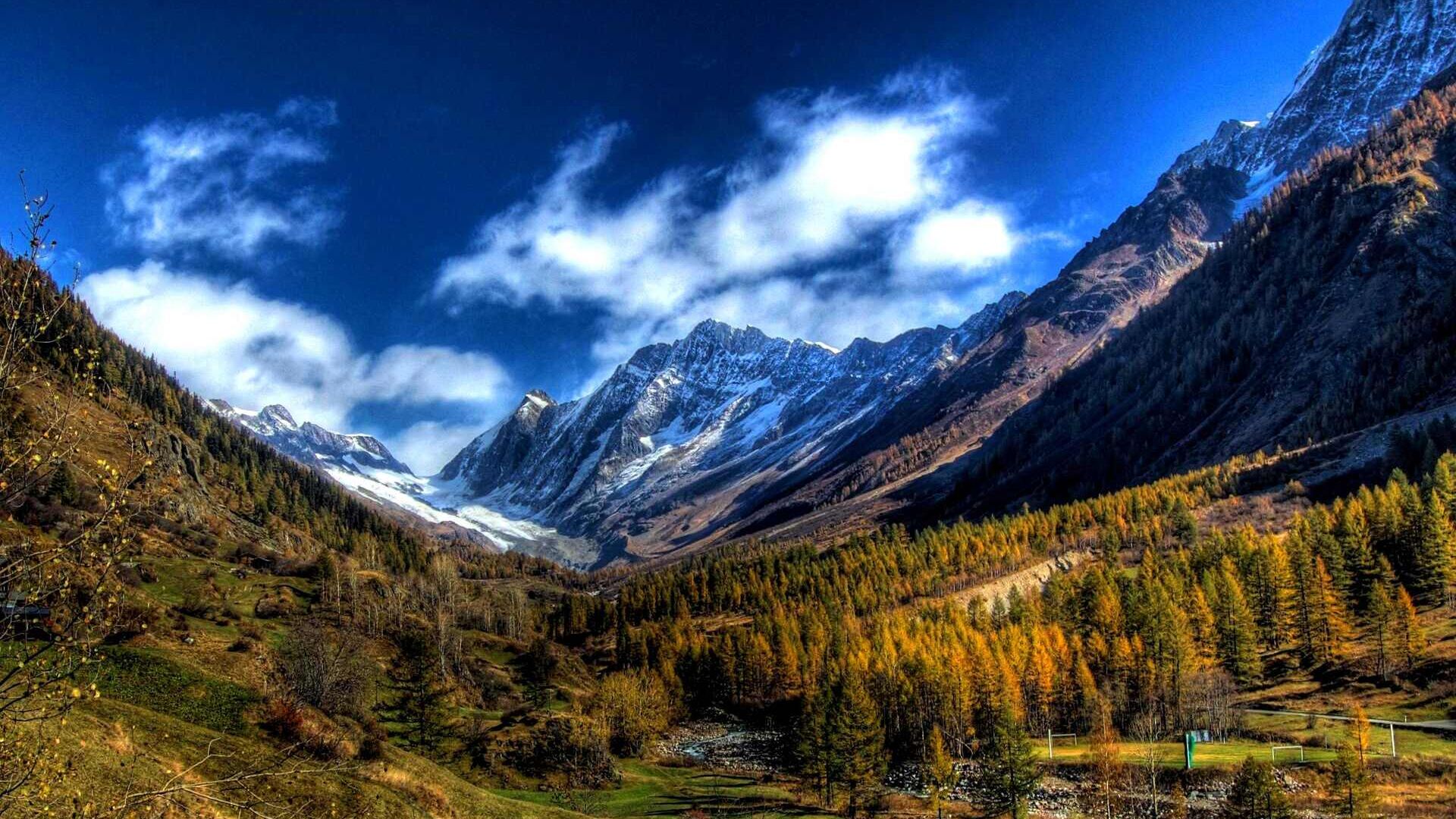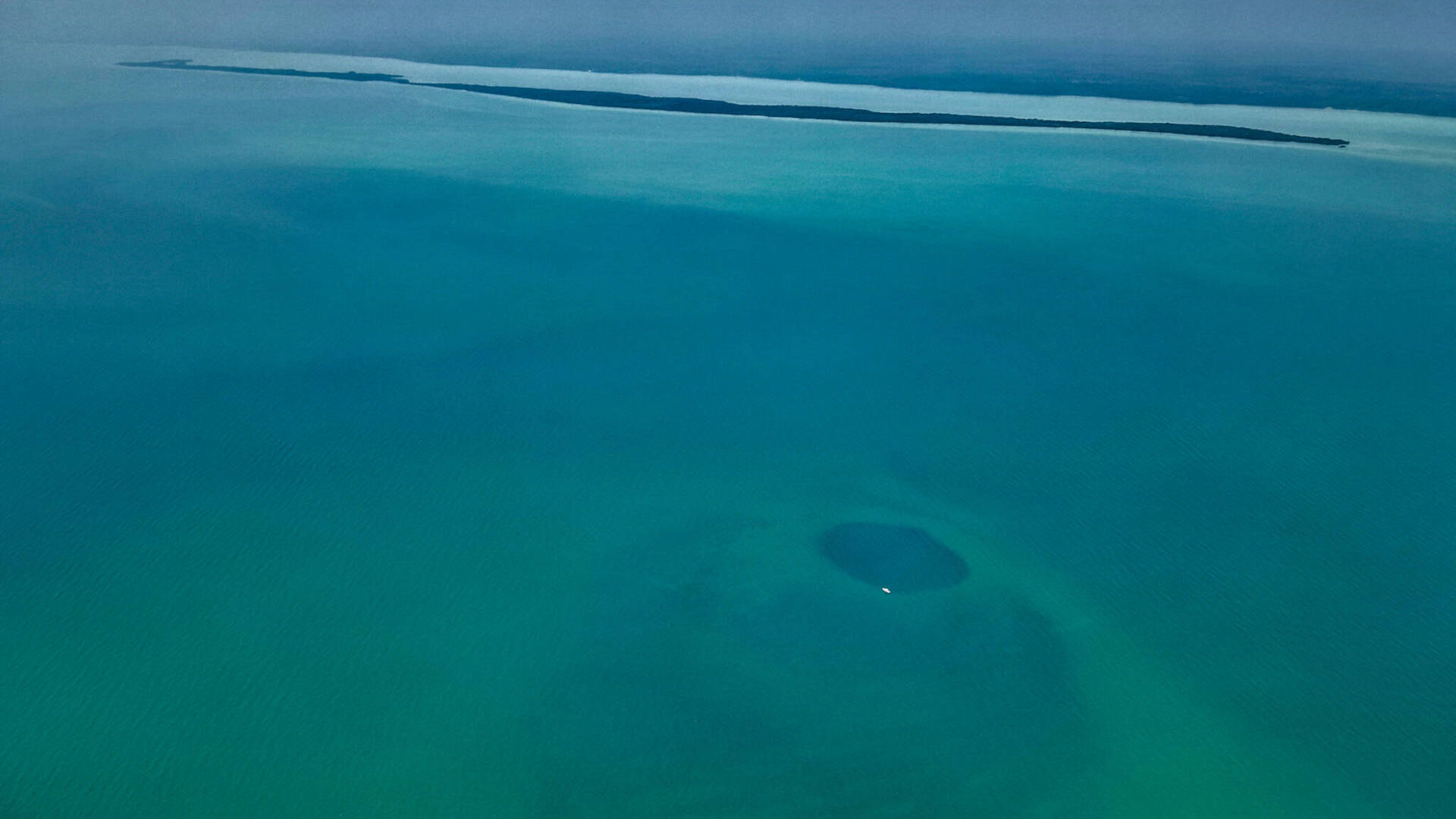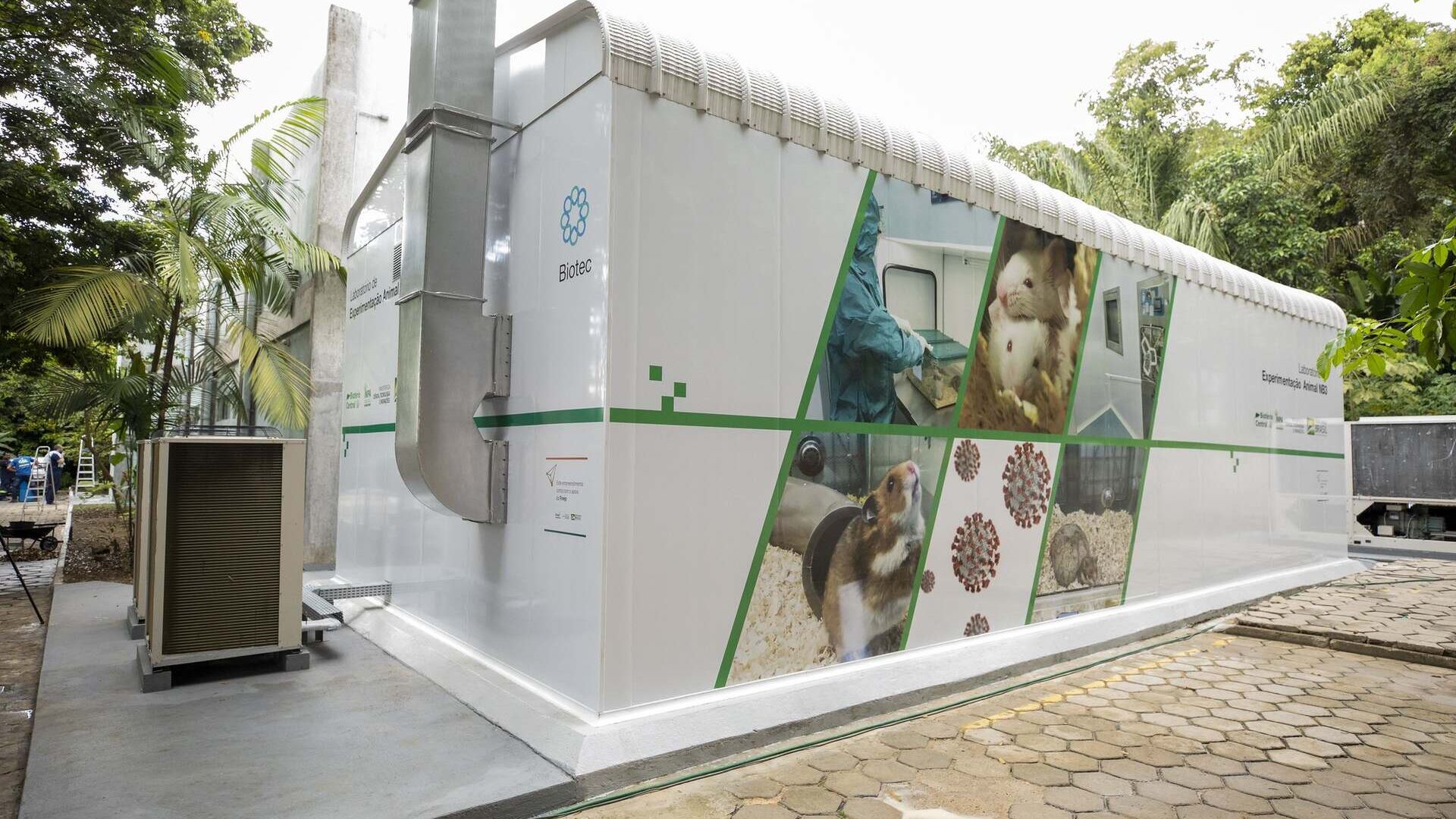The Szczecin Lagoon is the 2024 “Threatened Lake of the Year”.
The Oder river delta, between Poland and Germany, is the most endangered lake basin in the world and is an alarm that concerns the entire continent
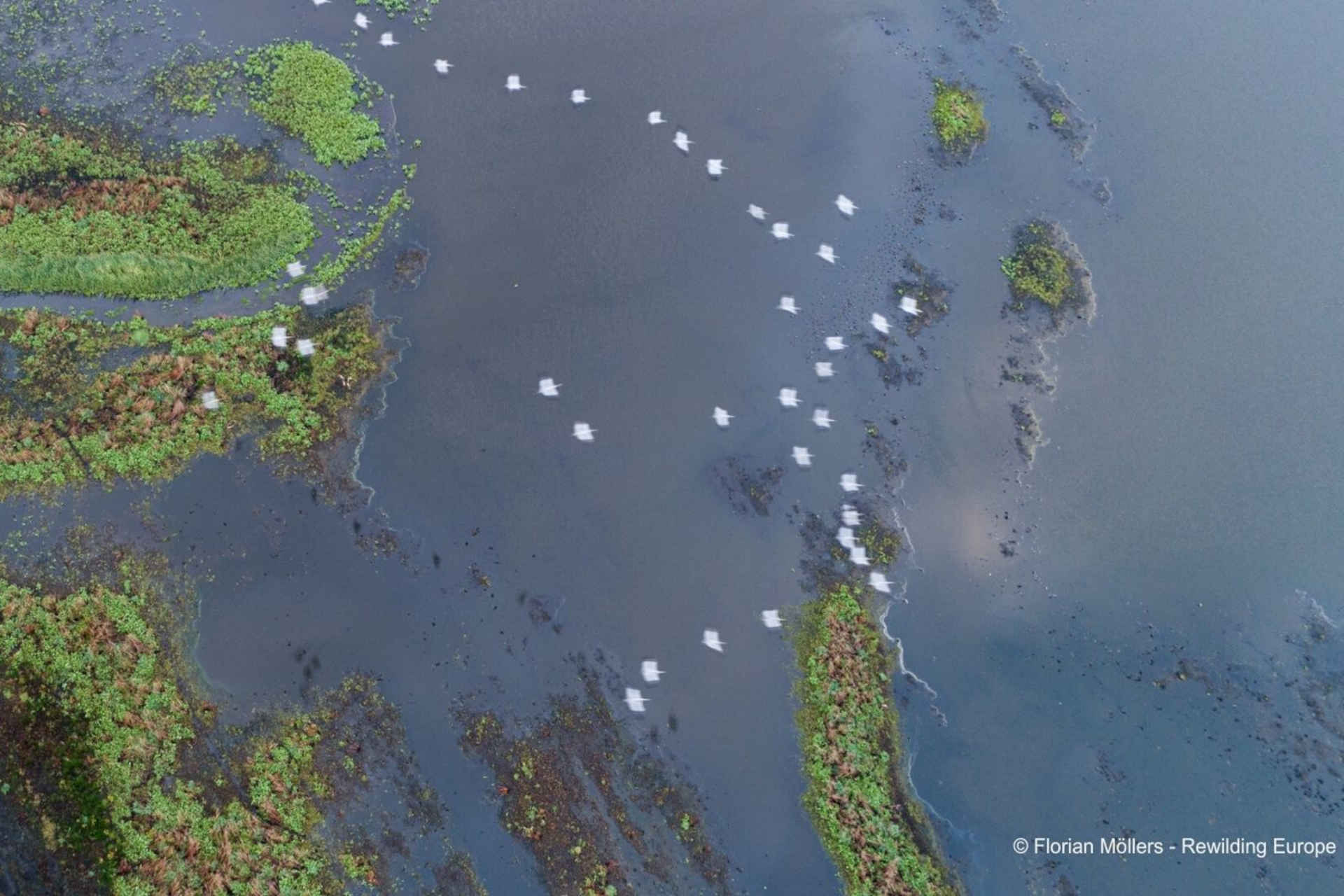
Il Oder river, which together with its tributary Neiße marks a long stretch of the border between Germany and Poland, gained grim notoriety in August 2022, when one of the most shocking mass mortality events in the history of Europe occurred: only from the Polish section of the river, over 100 tons of dead fish were removed.
The environmental disaster involved almost the entire course of the river, stopping just before its delta, which holds the precious Szczecin Lagoon, where the Oder meets the Baltic Sea.
Today the Szczecin Lagoon is named "Threatened River of the Year”: it is the first time that a European wetland has received such attention as part of the initiative The Global Nature Fund e Living Lakes Network.
And as the associations explain, it is more urgent than ever for everyone to turn their attention to the state of this basin, one of the few ecologically uncontaminated natural areas in Central Europe and an essential crossroads for the migration and reproduction of dozens of species.
Fishing kills more and more sharks: the outcome of the shocking study…
An example of a circular economy from waste crustacean shells
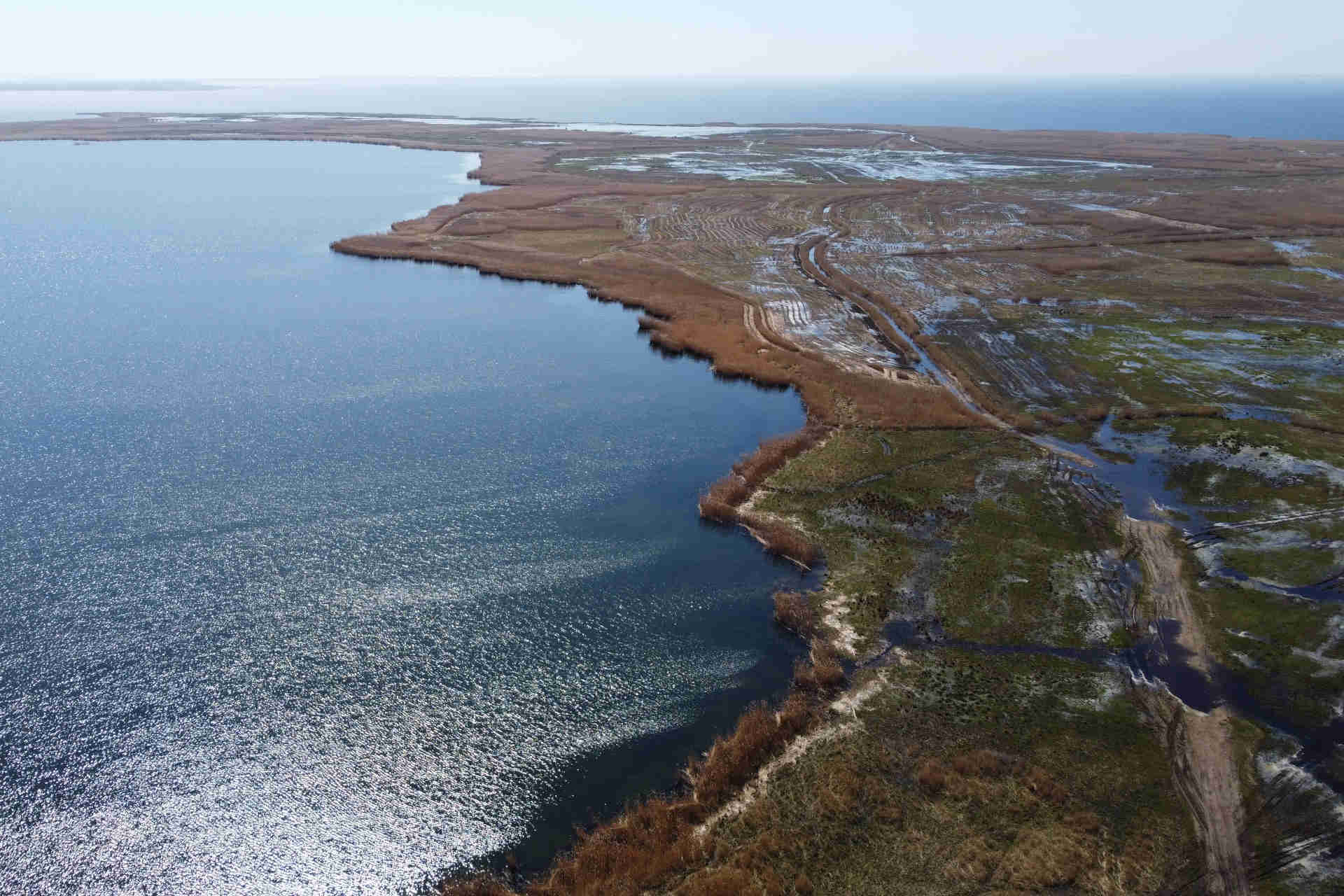
A pearl of biodiversity surrounded by a hostile environment
The Global Nature Fund and Living Lake Network elected the Szczecin Lagoon, in the Oder delta, the “Threatened Lake of the Year”. The nomination arrives, as usual, on the occasion of "World Wetlands Day", which every 2 February celebrates the historic signing of the Ramsar International Convention on Wetlands of International Importance (1971), still today the only international treaty to deal with Of these crucial ecosystems.
The “Threatened Lake of the Year” initiative, which last year put the spotlight on Lake Titicaca, between Peru and Bolivia, elects for the first time a European basin as the most at-risk wetland on the entire planet.
La dramatic death of fish occurred in the summer of 2022 throughout the course of Oder river, now recognized as one of the most serious environmental disasters to have occurred in Europe, it has violently highlighted a problem that has existed for years, and which can no longer be ignored.
The Szczecin Lagoon, with its precious biodiversity, is located at the mouth of a river that crosses an extremely industrialized area, in which Europe's largest coke plant, enormous chemical plants, a thriving textile industry, coal mines and factories that process copper (extracted in near Lublin). A hostile environment that exerts a pressure now unsustainable on the lagoon ecosystem.
Fish restocking does not save the biodiversity of Swiss waters
Thinking about water means thinking about the future: to be better preserved and managed
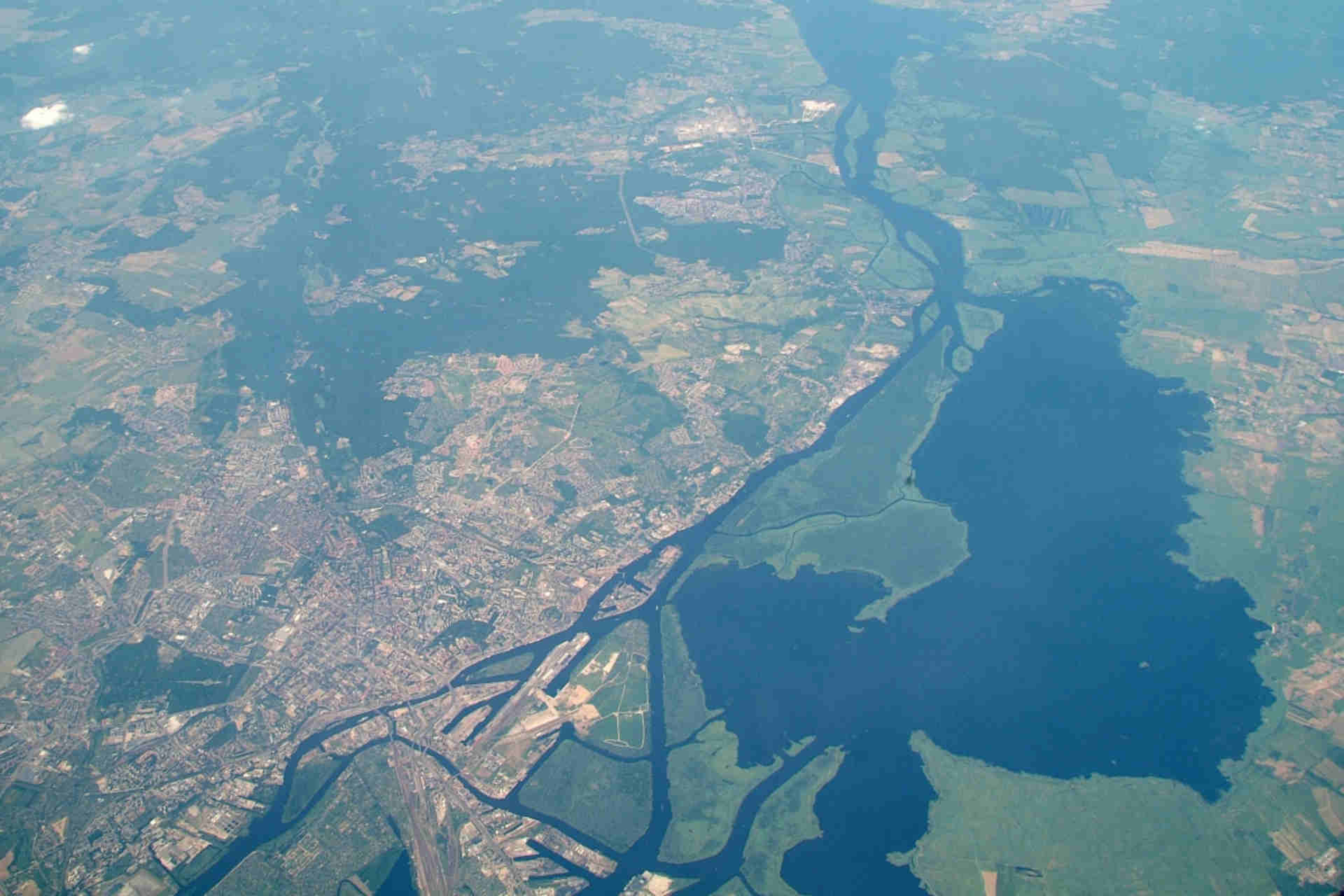
The Szczecin Lagoon is the current year's threatened lake
The serious situation of the Oder, and of the Szczecin Lagoon, has been known for years: already in 2012 scientists estimated that the Oder had transported over 100 tonnes of waste to the Baltic heavy metals. In the last decade, however, the maritime traffic of the area has increased significantly, adding a further factor of pressure to weigh on an ecosystem which has been at the mercy of worst forms of pollution possible.
The choice of The Global Nature Fund and Living Lake Network wants to draw attention to the vulnerability of this unique ecosystem in the heart of Europe. As explained by Dr Thomas Schaefer, head of the Nature Conservation and Lake Life Unit of the GNF, “the Oder Delta, with the Szczecin Lagoon at its centre, is among the few examples of what remains of pristine wilderness in Europe. The Oder River is one of the last rivers in Europe that follows natural dynamics in an almost unaltered bed".
"The summer 2022 catastrophe, which has had an incalculable impact on biodiversity and the entire wetland system, shows the vulnerability of our natural pearls in an adverse environment”, stated the naturalist, “this must not happen again, neither in the Oder Delta nor elsewhere".
An unpublished Atlas of Marine Habitats for the protection of the oceans
Climate change: Switzerland allied with Chile, Kenya and Tunisia
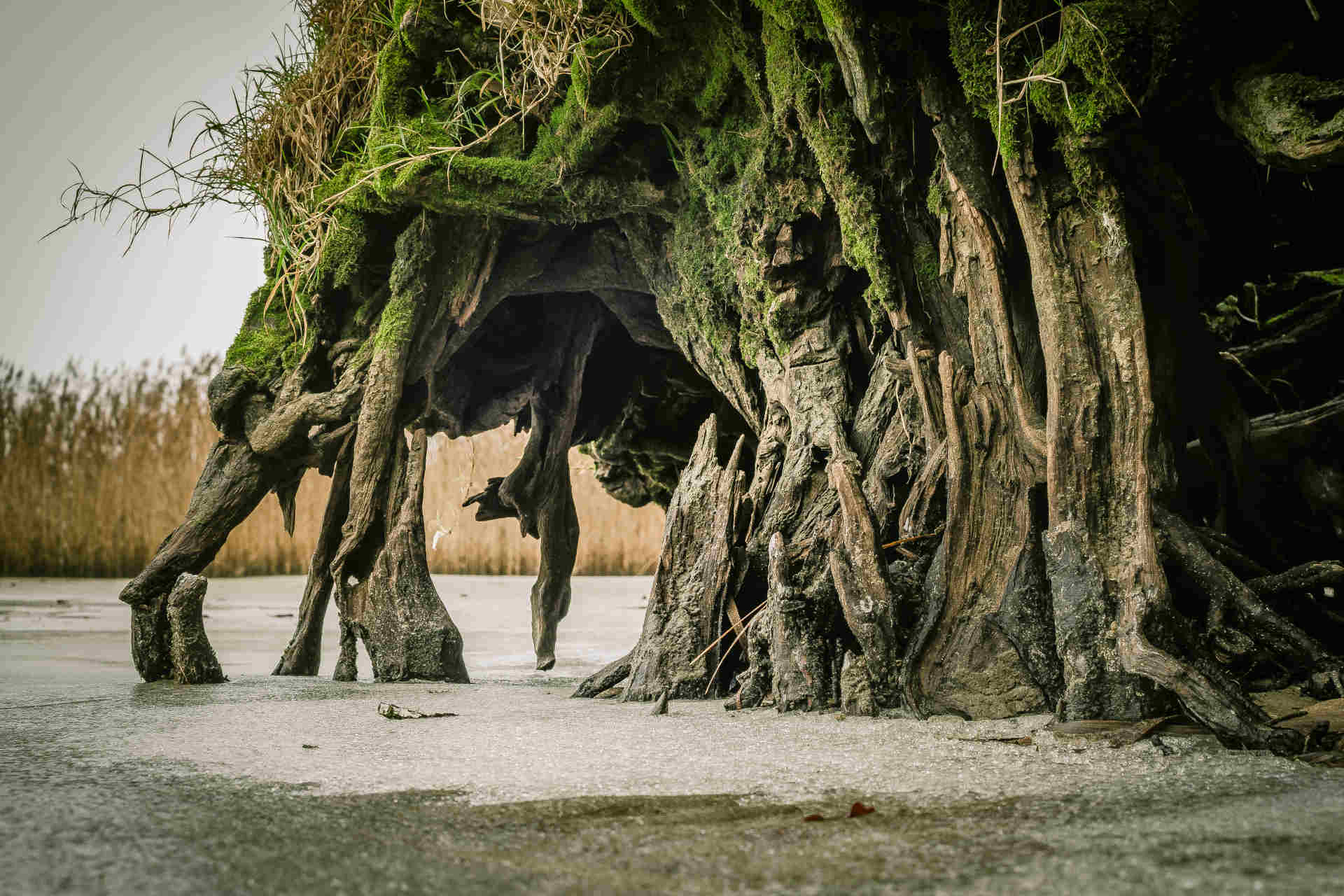
The situation in the Oder concerns the entire old continent
The last stretch of the Oder River is representative of the ecological state of water bodies in Europe: According to the EU Water Framework Directive (WFD), in force since 2000, European basins should have reached a “good ecological status” by 2015. But to date, the associations explain, even though there are just four years left until the deadline of 31 December 2027, none of the member states have reached the objectives set by the WFD.
The choice to nominate a basin in the heart of the continent as "Threatened Lake of the Year" aims to draw attention to theurgent need to act to protect European internal waters, calling for the timely implementation of the WFD Directive and implementing tools to protect the areas most at risk and policies for their ecological restoration.
In the case of the Szczecin Lagoon, the associations explain, immediate joint action is needed on the part of Germany e Poland: to protect this precious habitat everything possible must be done to stop the current overloading of aquatic ecosystems and allow vulnerable ones to regenerate.
"An important step towards the solid protection and development of the Oder Delta in the long term”, they explain from Living Lakes Network, “and the cross-border strategy long awaited between Germany and Poland for the natural regeneration of the Szczecin lagoon".
GreenFjord, the life of Greenland's glaciers concerns everyone
The darkest river in the world is in Congo: the first study on the Ruki
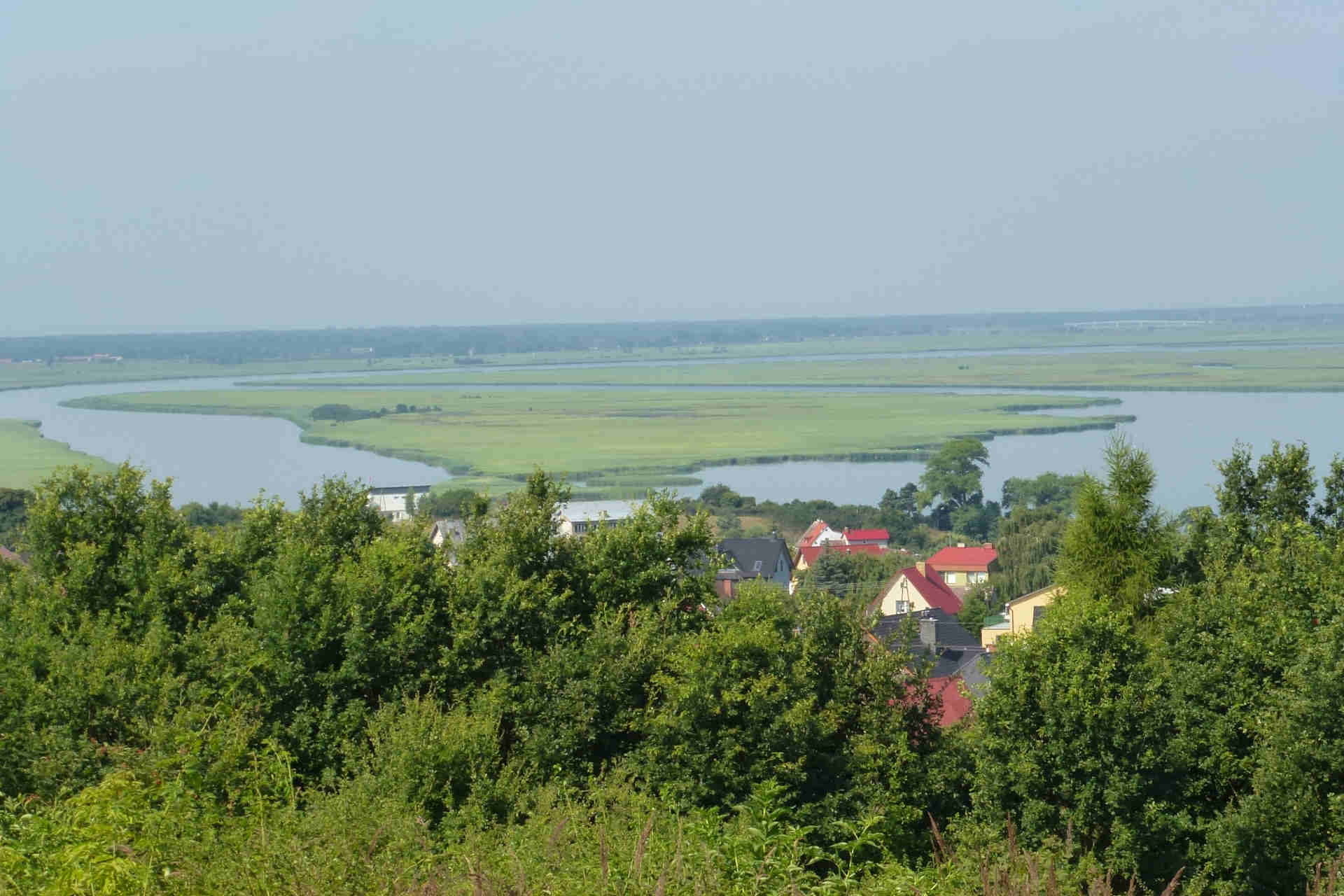
How to save the Szczecin Lagoon now (and beyond)
The joint action of the two countries bordering the banks of the Oder is essential to revitalize the lagoon as an important habitat for migratory fish such as sturgeon and whitefish, but also as a transition biotope and habitat for protected species from the EU Habitats Directive.
"Closed fishing zones and a sturgeon action plan for Germany and Poland must accompany activities to restore fish stocks of important species such as Atlantic salmon, Baltic sturgeon and eel”, reads a note from Living Lakes Network.
Another important measure is to strengthen natural water retention in the floodplain and restoration of floodplains with large-scale forests and peatlands.
And we cannot stop at the tormented mouth of the Oder: over the last 300 years, according to UNEP data, we have lost 87 percent of the wetlands of the world. In a context in which biodiversity is more threatened than ever, animal species freshwater ecosystems they suffer more than others, and are disappearing at an alarming rate.
Act immediately to protect the lakes it is also necessary more than ever to mitigate the climate change: freshwater ecosystems are indeed important carbon tanks. According to UNEP, they store more than any other ecosystem, with the sun alone peat bogs which store twice as much as all the forests in the world.
Will the passenger jets of the future pass the… “noise test”?
Cultured meat and the challenge of sustainable food innovation
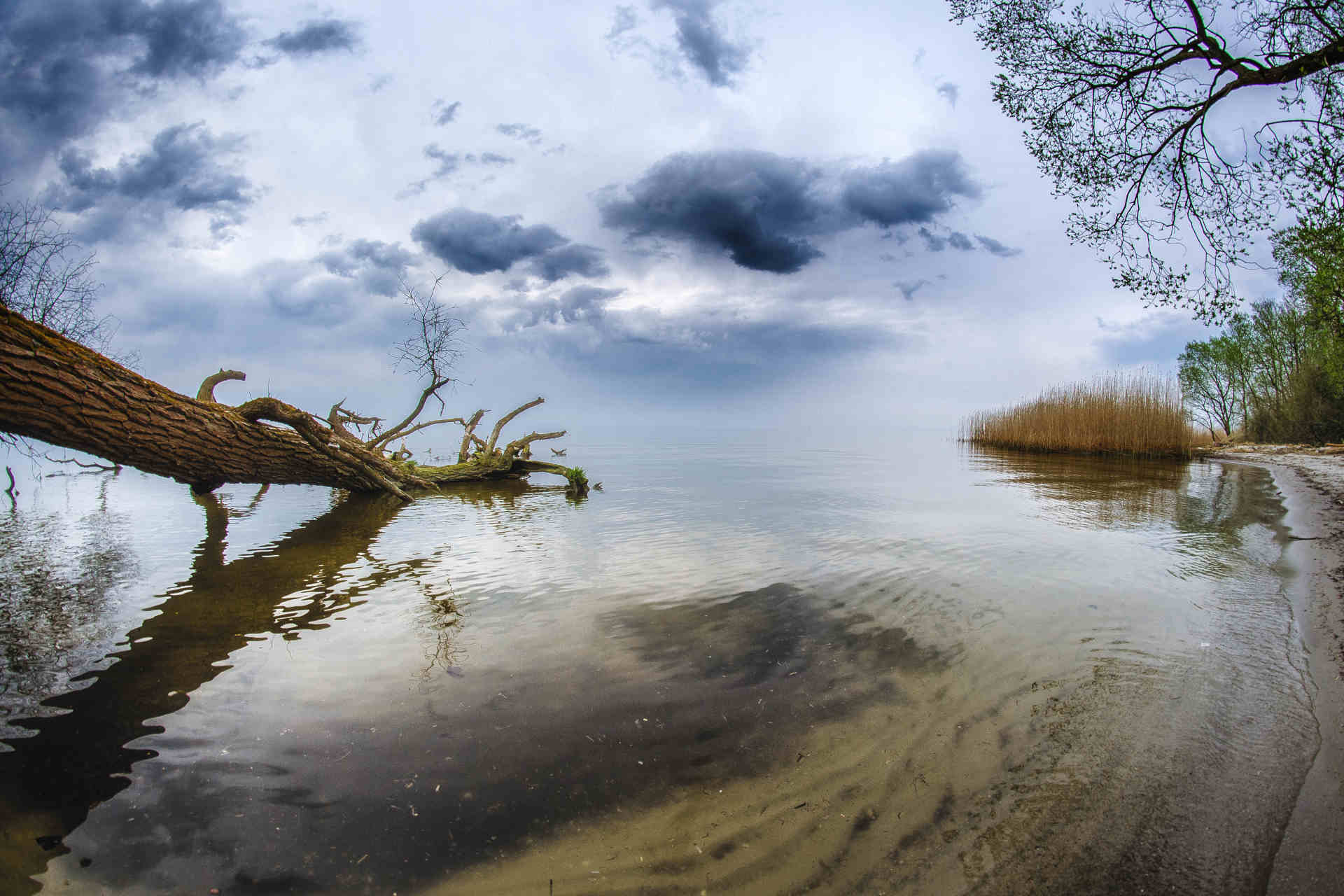
You may also be interested in:
Video, the unique ecosystem of the Lötschental alpine forest
The ideal place to study the growth of trees at different altitudes in the Canton of Valais is described in a very innovative WSL film
by Editorial staff Innovando.NewsEditorial staff of Innovando.News
Taam Ja' is the deepest “blue hole” in the world: the discovery
Marine cavity probed off Yucatan Peninsula, found four times deeper than previous record-breaking sinkhole in Belize
In Brazil the first meeting in the world between biosafety and synchrotrons
In Campinas, a NB4 level maximum biological containment laboratory will be connected to the light sources of a particle accelerator
In Alto Adige today EDIH NOI is the new point of reference for AI
4,6 million euros from the PNRR fund will be allocated to Bolzano for services to local companies in the digitalisation of intelligence…
by Editorial staff Innovando.NewsEditorial staff of Innovando.News

